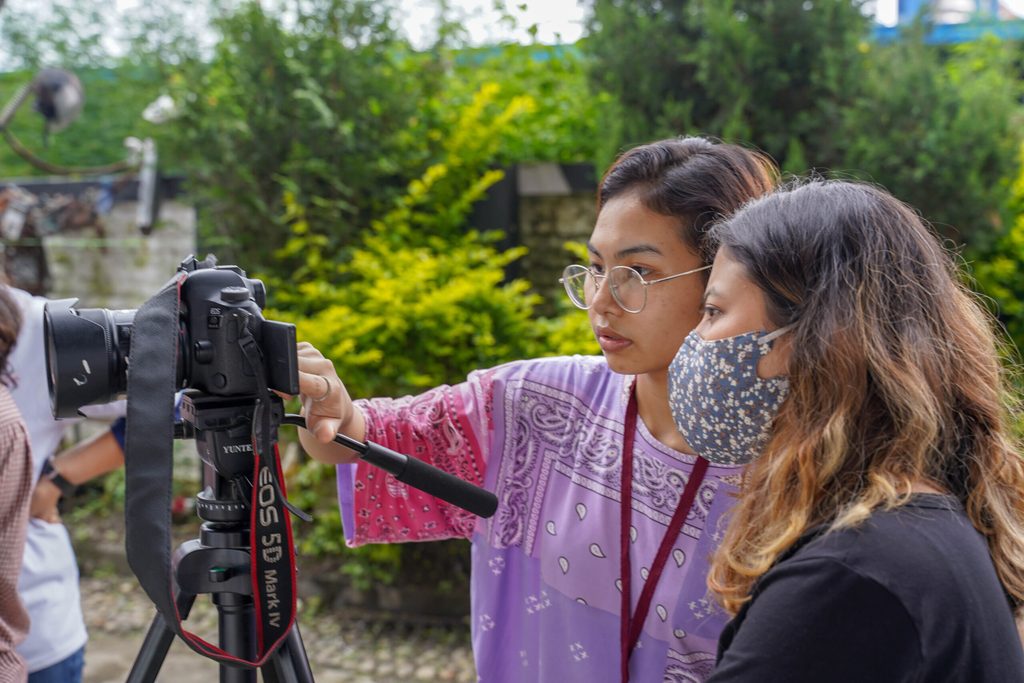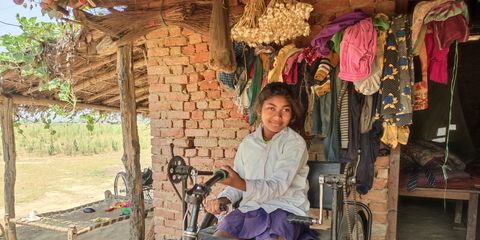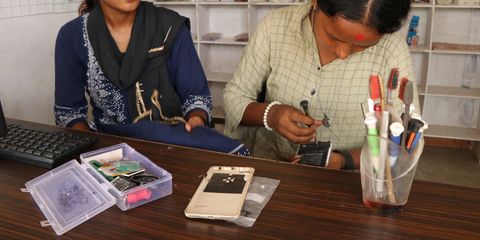Bridging the gender gap in science, technology, engineering, and maths
20 September 2023In our rapidly evolving world, where technology plays a central role in shaping our future, it's crucial to address the stark gender disparity that persists in the fields of science, technology, engineering, and mathematics.
Women’s participation in science, technology, engineering, and mathematics (STEM) is not only a matter of equality but also a key driver for global peace, prosperity, and sustainability. As we strive to achieve Sustainable Development Goal 5 – gender equality and empowerment of women and girls – we must focus on closing the gender gap in STEM fields.

The global perspective
Around the world, we are witnessing significant disparities in gender representation in STEM. The technology sector, in particular, has long been dominated by men. According to a report by the World Bank, women hold only 28% of all jobs in computer and mathematical occupations, and just 15.9% of jobs in engineering and architecture. In the United States, women represent only 23% of the STEM workforce, while in the European Union, they make up a mere 17% of the ICT sector. Globally, less than half of working-age women are part of the workforce, highlighting a glaring gender divide.
Nepal’s context
In Nepal, a country experiencing rapid growth in the field of information and technology, the percentage of women in technology remains minimal compared to other sectors. According to the Nepal Labor Force Survey 2017-18, a mere 0.5% of economically active women work in the ICT sector. UNESCO’s 2017 data reveals that only 7.8% of researchers in Nepal are women. This underrepresentation of women in technology is not unique to Nepal but is exacerbated by societal and cultural factors.
Challenges and gaps
Gender disparities in technology extend to various academic disciplines, often influenced by gender stereotypes. In Nepal, girls and women face barriers due to gender biases, harmful social norms, and limited access to STEM education. There is a pressing need for holistic policies and provisions to address these challenges and encourage women’s participation in STEM fields.

The way forward
To bridge the gender gap in STEM and empower girls and women in Nepal, several strategies can be implemented:
- Individual and household interventions: promote individual agency and challenge gender norms through parental education, intergenerational dialogue, and career counseling. Ensure equal financial support for STEM education.
- School-level initiatives: create a welcoming and supportive STEM learning environment, build teachers’ capacity, and revise curriculum content with a gender equality lens. Female counselors and instructors can play a pivotal role.
- University-level support: establish mentoring programs, facilitate interaction with successful female STEM professionals, and encourage peer support among STEM students.
- Workplace inclusivity: provide support for work-life balance, child-friendly work environments, flexible hours, and post-maternity leave support programmes to enhance women’s career prospects.
- Community building: form special communication or association groups for women in STEM to share experiences and boost confidence. Promote these initiatives through social media platforms.
- Gender-transformative approach: implement gender-responsive budgeting, policies, and institutional frameworks for STEM initiatives that consider the diversity and intersectionality of women.
- Research and policy: invest in research, policy development, and capacity-building efforts to address emerging STEM-related issues and empower girls and women through education.
Conclusion
Bridging the gender gap in STEM is not just a matter of equality; it’s a path towards a more prosperous and sustainable future for all. By addressing the unique challenges women face in pursuing STEM careers and implementing inclusive policies and initiatives, we can unlock the full potential of girls and women in Nepal and around the world. Together, we can ensure that STEM careers are truly inclusive and contribute to a more equitable and innovative society.
Author
Categories: Campaigns, Education, Skills and work



